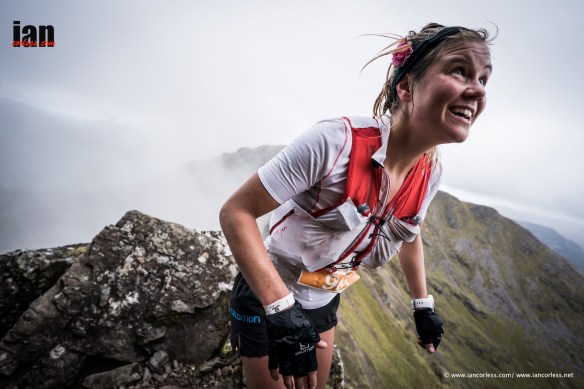
Emelie Forsberg is back! She has just won Salomon Glen Coe Skyline and with a stunning course record beating her 2014 time and once again confirming that many smiles and miles are ahead.
“About the pressure, yes, for sure, sometimes you can feel pressure. If you have been winning a lot of races, it’s like people expect you to do that. I was not in good running shape when I let my skis for the summertime. Some of my friends, who don’t run that much, they beat me a lot. I’m not the kind of skier that runs through the winter. I train with Ida Nilsson and she’s running a lot, which makes her in a great shape at the beginning of the season, but I can’t do that because then I’m not the ski mountaineer that I want to be. I just hope everyone realizes that I can’t be in a great shape in the beginning of the season.” – Emelie Forsberg
 An accident while skiing has made the last 12 to 18 months tough. Surgery, rehabilitation and being patient are all tough things for an athlete to manage, especially one as active as Emelie. But Emelie was patient understanding the need for a full recovery and to come back strong. Working on her strength and core she came back slowly and fine honed her yoga skills, she event spent a month in India on an intensive course. Emelie has set the example for how elite runners should return from an accident and surgery.
An accident while skiing has made the last 12 to 18 months tough. Surgery, rehabilitation and being patient are all tough things for an athlete to manage, especially one as active as Emelie. But Emelie was patient understanding the need for a full recovery and to come back strong. Working on her strength and core she came back slowly and fine honed her yoga skills, she event spent a month in India on an intensive course. Emelie has set the example for how elite runners should return from an accident and surgery.
I caught ups with her post her Glen Coe victory as she settled back into recovery in her Norwegian home before she once again started training for new targets ahead.
You can listen to the interview in Talk Ultra podcast HERE

Ian: Before we come on to the race, I think the last time we spoke was about your rehabilitation from knee surgery and how you were managing that and of course, there’s been some ups and downs in that process, but you must feel now as though things are almost getting back to normal and the shape is there, the form is there, physically, mentally everything is good?
Emelie: Yes, everything is good now and yes, for sure, there has been a few ups and downs. I know what to do now when I switch from ski to running and my knee is working really well so it’s good. That is the short version…
Ian: Exactly. Well, it’s definitely working well because I saw you running up and down those fells and mountains in Scotland and it reminded me of exactly two years ago, when you came to Scotland and you won the race. You just ran that whole race with a big smile on your face and it seemed as though this year was — I was going to say the same, but I think probably even better.
Emelie: Yes, I think so because last summer I was only doing rehab and that was that. I wasn’t really in shape, but this year, my ski season went really well, but then, in the beginning of the summer, I didn’t really know… I had a lot of things going on. I have been writing a book and I wasn’t sure if I wanted to be ‘only’ a runner for Salomon anymore? But everything has been working out like I want it to be recently, it takes time to try to figure everything out.
Ian: There’s a price to pay for being… and I’m going to use the word famous, you might not like me using that word, but famous in the trail, mountain and ultra-world, and you are. We can argue about the semantics of that word, but you are. That brings a lot of pressure, a lot of people looking on, a lot of people even criticizing or commenting or supporting and, of course, there’s lots of good and bad in that. But have you found in this period, this last 12 to 18 months, that there’s been some pressure there that you’ve tried to escape from? And I guess living in Norway helps with that.
Emelie: Yes, for sure it does, but I can be good and bad with pressure, I think like all the athletes. But I just made it clear for everyone now that I need to make my own plan because I am a skier and I’m a hobby mountaineer or whatever you call it – light alpinism? I want to improve in that too, so I just made it clear for everyone that I want to take time to do mountains in that style and I want to take time to do my ski season, and then I want to take care of my running, as well. I think the balance now is much clearer for me and my sponsors, which is great.
About the pressure, yes, for sure, sometimes you can feel pressure. If you have been winning a lot of races, it’s like people expect you to do that. I was not in good running shape when I let my skis for the summertime. Some of my friends, who don’t run that much, they beat me a lot. I’m not the kind of skier that runs through the winter. I train with Ida Nilsson and she’s running a lot, which makes her in a great shape at the beginning of the season, but I can’t do that because then I’m not the ski mountaineer that I want to be. I just hope everyone realizes that I can’t be in a great shape in the beginning of the season.
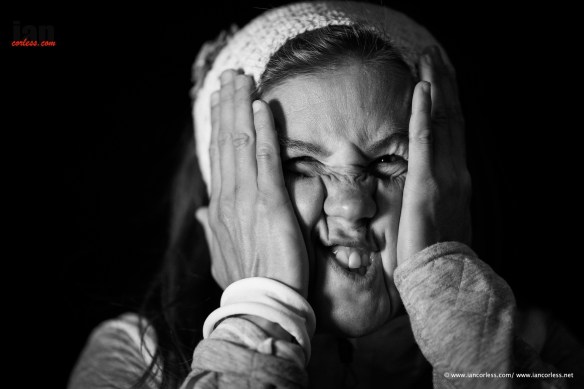
Ian: I guess in some ways, you’ve almost created a little bit of that pressure yourself, and that’s not a criticism, this is just the facts. If I think back to, say, 2012, 2013, 2014, you and I have often had those conversations, where you’ve come off skis and we’ve been talking about Transvulcania and you say to me, “I love that race and I really want to do it, but I’m not in shape and should I do it, shouldn’t I do it?” and you’ve done it and you’ve always done well.
But I think since 2014, the sport has changed and it’s been changing progressively year on year, now the sport is going faster, it’s changing completely and like you say, somebody like Ida Nilsson, who comes into Transvulcania with a lot more running, it’s very difficult for somebody like you, with such a high profile, to just step off skis and go into a race like that with expectation. Do you wish you could say, “You know, guys, I’m just going to run this because I want to run it and I might come 10th or I might come 20th, but give me a break.” Do you ever feel as though you want to do that?
Emelie: [laughs] Yes, I did that at Zegama. Zegama was really special this year because Kilian was trying his second attempt on the summit of Everest and I didn’t get any news until one hour before the race started. So, I didn’t sleep during the whole night. That was really, really hard. I can always run a race and do okay, but Zegama was really hard because of the stress, worry, lack of sleep and so on.
Ian: That’s an incredible pressure, a really incredible pressure. How do you deal with that?
Emelie: Yes, I just say to myself that in the end, it’s all about what I want to do. I cannot live a life through somebody else’s eyes and I just like to be honest, and if people are listening, they understand, I’m only human.
Ian: Absolutely. Following Zegama, you took a step back and maybe re-evaluated and this is the point where you say to yourself, “You know what? I have to do what I want to do because I know what I need to feel like, I know what training I need to do, I know what mental space I need to be in to perform.” In amongst that, you’ve already touched on the fact that you were writing a book, you’re a race director for the Tromso Sky Race. There’s all sorts of other things going on, but you said to me in Tromso, “I’ve sorted out my calendar now and I know exactly what I’m going to do.” That seemed like a really important process, where you got things clear.
Is that the type of thing now that you’re going to do moving forward and maybe communicate that with the fans, so that you don’t get that external pressure? You lay your calendar out early, or basically you say, “There is no calendar, leave me alone and I’ll tell you when the calendar’s available.”
Emelie: Yes, for sure, I will — it’s important to do the structure, especially as I said, that the beginning of the summer is really changing. Previously, many runners and my peers took a break during the winter and we all came to the races more or less with the same amount of running early in the season. Over the few years, I have realized that ski mountaineering is really important to me. I’m really excited and super motivated to do well there because I love the sport. It’s different from running and it’s something that makes me really happy and motivated to train for and focus on. I will try to or I will make a plan now in November for next year and let’s see if I share it or not. Things can happen and plans can change.
Ian: Okay. As the calendar changed, Salomon Glen Coe Skyline certainly became a priority. When I managed to get you over to the UK in 2014 to run the first edition, you said after that race, “Wow, this race is incredible.” Of course, my dream was not only to bring you back, but to bring Killian and to bring a world-class field. And we did it. This year we really, really did it. I think it’s been not only the best race in the UK, but worldwide. I think the quality of the field; the quality of the course was absolutely stunning. How important was it for you to come back? How important was it for you to come back with, say, Killian and the Salomon team?
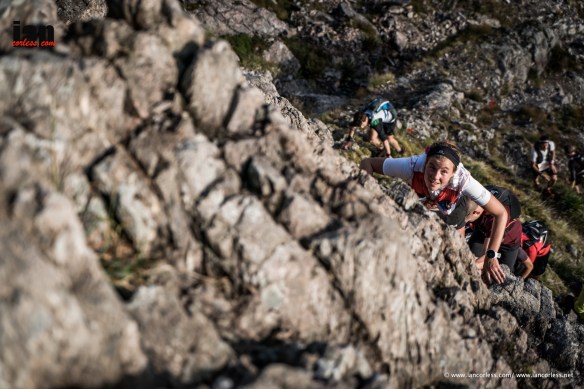
Emelie: First, it was really nice to come back because last year, I wasn’t there. I really loved it, the course, it’s amazing, it’s pure Skyrunning. Yes, for sure, was super nice to have Killian there because I knew that he was going to love the race, which he did. So, great to have a big team there, as well, to see what they were thinking about it.
Ian: Expectations of going into the race? I know what you’re like, I know that when you race, you want to perform well. No disrespect to 2014, but there was maybe yourself and a couple of other runners that could have potentially won the race. Whereas this year, it was completely different. There was plenty of really top female runners who could push you to the line. Does that bring external pressures on you or is that something that makes you bring your A-game to the race?
Emelie: [chuckles] 2014 was special because I had a really big week that week. I think I climbed Mont-Blanc four days before I was going there and I was just pushing really hard… I can’t remember? I was supposed to do another race after that, that I was training hard for. I knew that I was really strong, so I had the confidence to do that then. But this year, I haven’t been running long-distances because of my knee. But since OCC, which was like three weeks ago, my knee has felt good in longer training. I had like two weeks that I could do a bit more hours, which was really good. But two weeks is only two weeks. I knew that Megan Kimmel is super strong, Ragna Debats had a super good summer too and there was so many strong women there. I really wasn’t confident that I could do well and that I would be able to run well after four hours. I was more like, “I’m going to be happy with whatever.”
Ian: The opening miles of the race changed to 2014, because the initial edition was based at the ski center and we realized after year one that actually it brought you to Curved Ridge too quickly and it created a bottleneck for the field. Also, logistically, it wasn’t in the most ideal place for the race growing. So, we moved the race over to Kinlochleven, which means that you have probably a good hour of running before you get to the really first technical section, which is the climb of Curved Ridge. When you got there, you had Megan Kimmel right on your heels. The two of you were together. Were you surprised by that or did you expect it?
Emelie: Yes, for sure [chuckles] I expected that. I expected because she’s a fast runner and I thought that Ragna was going to be with us, as well. But it was Megan who was setting the pace. I just followed her and on the technical part, I was in the front and on the downhill, I was in the front too. But in the uphill, she pushed the pace a lot and I was a bit worried that it was too fast, actually, but I just tried to follow her. Sometimes, she had maybe 30, 40 seconds on me in uphill, but I knew that in the downhill, it was nothing. I just tried to keep my own pace, even though it was a bit fast. [chuckles]
Ian: Yes. Do you think Megan pushing the pace was a contributing factor to a course record?
Emelie: I think so. I think it could have been anyway, but it was a good time and it was good to push in the beginning, because that’s when you have the energy to push. Megan pushed the pace for sure.
Ian: I’ve got to say, I was surprised that Megan handled the technical section so well. Because she openly says that she’s not really a technical runner. I guess at the back of your mind, you knew that when it came to the real crunch moments, the Aonach Eagach Ridge for example, you could use your strength and maybe that’s where you could open up the gap and pull away?
Emelie: Actually, Megan, she’s a good climber…
Ian: Yes, I know, but she always says that she can’t do technical?
Emelie: No. The technical part, she was doing good, actually. She’s a very all-around runner, I would say. She can perform really well in technical races, like Dolomites and Zegama. But she can also win Mont-Blanc Marathon. She’s maybe one of the best all-around runners I know. So, I wouldn’t say that she’s bad on technical, that’s my opinion. In the end, I don’t think that I made a big gap, even though I kept the lead over the Aonach Eagach Ridge.
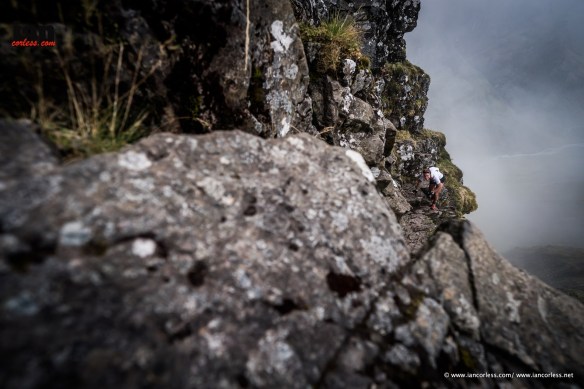
Ian: Tell me the highlights of the course and tell me why this race is so special.
Emelie: First of all, I think I need to say that it’s not a race for everyone right now. I think anyone can run it if they train for it and get experience – the race is vetted anyway! But you should have a lot of respect for it. I do and I would never do a race like this if I wasn’t comfortable in climbing Degree III. Because it’s technical, which I really love.
We start with maybe 10K of running, until we come to Curved Ridge, which is the most technical par. Super steep and scrambling up. Then, we follow beautiful ridges with some ups and downs and big climbs. Then, we have a big downhill coming to kilometer 35, where is the aid station, the second one. After that, it’s a very steep climb, like a vertical. I was actually looking to my watch and I think I did the climb in 52 minutes, which I do the same time as the vertical.
Ian: The vertical, yes.
Emelie: Yes, it’s a steep vertical there. Then, the ridge starts, the Aonach Eagach Ridge, which is a beautiful ridge. People tell me that they feel like that’s a technical part, but I don’t see the technical part there. It’s a ridge, which is super nice to be there and run and I don’t see the difficulty there.
Ian: How does the Aonach Eagach Ridge compare to the ridge in Tromsø?
Emelie: For me, it’s about the same, actually. I know that some people find Aonach Eagach Ridge a bit more technical, but I think it’s more or less the same.
Ian: I’ve been along both and I have to say that the Aonach makes me feel a little bit more exposed than the ridge in Tromsø. I think it’s just those couple of down-climbing sections. Nobody likes down-climbing. [laughs] If you’re not a complete mountaineer, and I’m not, I can scramble, I can go along the ridges. But down-climbing really does make you think a little bit. I think maybe for me, it’s those couple of sections and there’s also the rock chimney that you go down, which I find is fine. But I know a lot of people after the race had said to me, “Oh, the chimney was just horrendous.” Because you’ve got to put one hand to either side and put your feet down underneath you. But I guess it just comes down to comfort and experience level.
Emelie: Yes, I see what you mean with the down-climbing. For sure, it’s not any down-climbing like that in Tromsø. That’s the difference. I guess it’s just as you say — I can see the difference, but more or less, for me, I would say it’s the same.
Ian: One of the things that I said to you after the race, and to Killian, was the similarities of Scotland with Norway. If I close my eyes, and apart from a couple of distinctive details, maybe like the midges [laughs], you could feel as though you’re in Norway at times. I guess that really appeals to both yourself and Killian because it feels like home.
Emelie: Yes, for sure. It is like home, but it’s new, so that’s really a cool feeling. The culture is different and the people. Trails are much better there in Scotland because when it’s not technical, you run on a super nice trail, I really like the contrast there, you can run really fast. In Norway, we don’t have too many that well-marked or big trails.
Ian: With the victory and with the course record, do you feel as though one chapter of your running career is maybe ended and a new point is starting?
Emelie: [chuckles] Yes, in one way because, as I said, I wasn’t sure about how my endurance would be and I know that it’s my kind of race, I love the terrain. In one way, I can be hard to myself and say that win didn’t really matter because it’s so much your kind of a race, but then I know that I’m unfair to myself, that I should be proud of what I’ve done, but I also want to train on my weaknesses, which is to run fast for a longer time. Now, I actually will start to train for Les Templiers, which is a really runnable race, so that’s exciting. I know that it’s really hard for me to go out and run on the road but I will do that, I will find some flatter trails and try to do some speed work on them.
Ian: Okay. The other thing that you did in the UK was the VK. I actually really like that VK course, it’s very different to other VK courses because it starts off and it’s very runnable and then, all of a sudden, it just goes really, really, really steep and it’s very muddy, it’s very slippery. How was your experience of that?
Emelie: Yes, it reminded me of Norway, actually. I knew that it was a VK that would suit me pretty well and I like to do VKs because it’s good training, but I also have been saying for the last few years I’m not a vertical runner, but I have been improving in that and that’s also really cool.
Ian: You’ve said it’s like Norway, there are so many similarities in that VK to your VK in Tromsø. I know the final section is much rockier in Tromsø, but the early meters are so similar to Tromsø, that you could feel as though you were in either place.
Emelie: Yes, exactly.
Ian: How do you progress now? You’ve got Templiers, which is a very different race to Glen Coe. It’s not very technical, it’s going to be a fast race, you’re going to need to move quickly for that. You’ve got to be fast, you’ve got to be endurant for that one because it’s also quite a long race and then what follows that?
Emelie: After that, I will do San Francisco, actually. It has been a race that I wanted to do again. I had one good year there and one not so good year and now it’s actually two weeks earlier, so it fits my calendar better. That’s motivating, as well. It’s going to be the same training as for Les Templiers. I need to speed up and move fast.
Ian: Correct me if I’m wrong, I’m going from memory here, but you won San Francisco 50 on your first attempt/
Emelie: Yes.
Ian: It’s a good benchmark race, I guess. Things have moved on. I’ve not seen the elite field for San Fran yet, it’s probably a little bit too early, but because of the prize money that’s available, it’s going to be very competitive, we know that. Is there anything that you think that you need to do to get yourself in the shape that’s going to give you potentially a podium or a victory?
Emelie: Yes, I need to train flat.
Ian: I can hear the disappointment in your voice…
Emelie: No, actually it’s different and I know it’s not my favorite, but actually it’s really motivating for me because I always want to improve what is my weak side and I have been doing that with uphill running and I’m eager to do it now with my flat running, too, so I’m actually really excited for it. I know that I’m going to be like, “Why do I need to do this race when I run my tempo runs on a dirt, flat road?” But I’m actually motivated for it and it’s going to be really fun because Ida Nilsson, who I consider one of the best flat runners, will also run both races and we’re training together – she’s really pushing me, which is great.
Ian: And you ski together as well, yes?
Emelie: Yes.
Ian: What does 2018 and maybe 2019 look like for you? Do you have a bucket list of races or experiences that you’d like to tick off?
Emelie: I do, actually. I have three or four things that I have planned already for 2018, and one of them is a project in the Himalayas, which I want to do by myself and it’s going to be really exciting.
Ian: That sounds really good! Exciting.
Emelie: Yes.
Ian: My other question, which is actually related to that one. Any dreams of 100-mile race, say, Hardrock 100?
Emelie: Yes, yes, for sure. I think I said this before to you that I really like the distance. I’m fascinated about it. I did Diagonale des Fous for experience but I want to try to race it, I think I could do really well there. I want to wait for it though, maybe five, six years. It sounds a lot, but I know that it will be even better if I wait because I want to do so many shorter distances, up to 80K right now.
Ian: I think that’s a good idea. History shows that 100-mile runners are very, very good or in their peak once they get to mid-to-late 30s and even into their 40s. There’s no issue there and, of course, it’s more years running, more endurance, which you can then carry over to that long distance. You might as well maximize the speed that you have and the ability that you have up to the 80-kilometer distance. Pressured question, will we see you in Glen Coe next year?
Emelie: I really hope so.
Ian: I hope so, too.
Emelie: It really fits in my calendar, so I will be there.
Ian: What about Tromsø?
Emelie: I think so. We’re working with it now and I said that I need to step down a little because there are so many things to do there. I think it’s much better if there’s someone that has more time and take care of it. Kilian and myself are still part of the organization, but I cannot do as much work, so I think for next year, it will be even better than it has been before.
Ian: It’s so difficult to balance a busy life, training, racing and being a race director. You know both sides now, you understand the complexities of that.
I’m going to thank you so much for your time. It’s been great to have you back in the UK, great to have you win the race here in Scotland, great for you to have a course record and great to see you back to the shape you had before your accident.
Roll on Les Templiers and San Francisco 50!
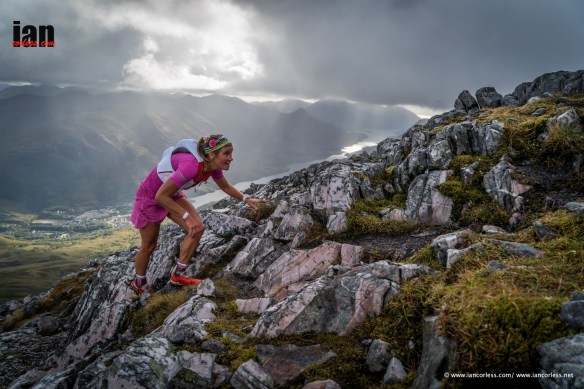


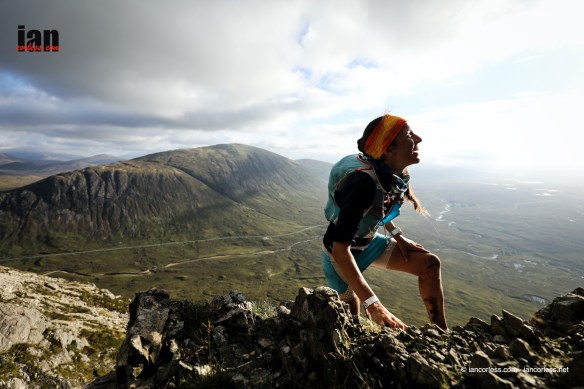
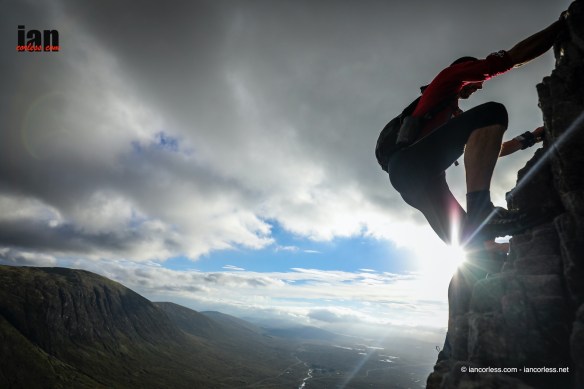

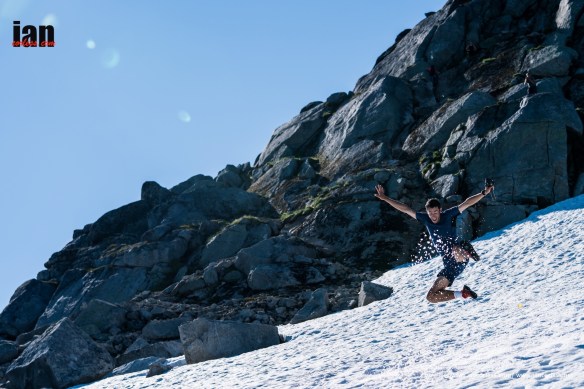
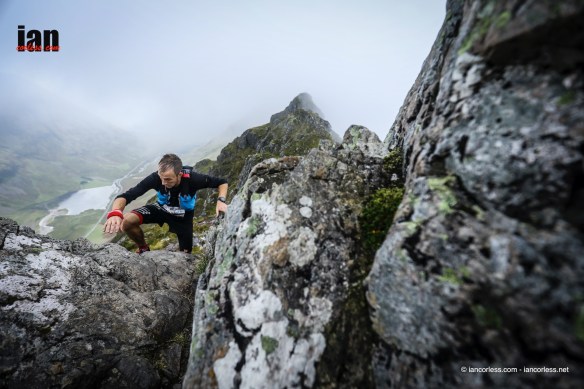






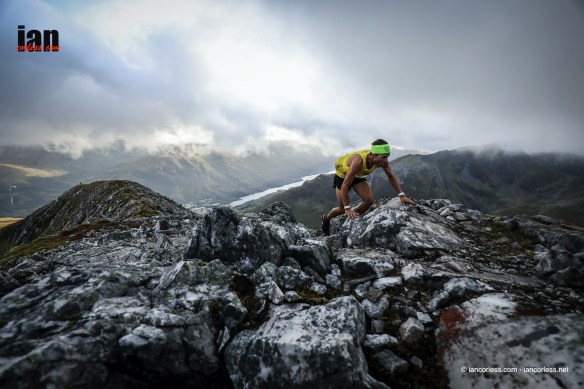
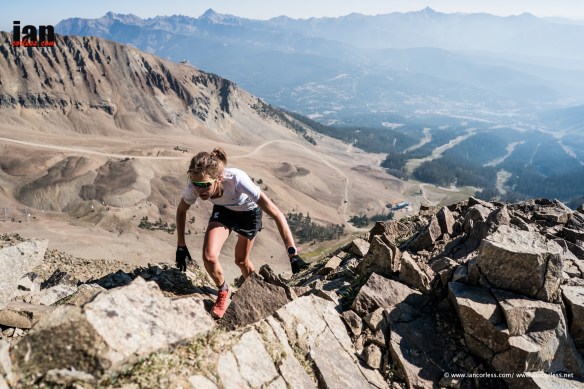


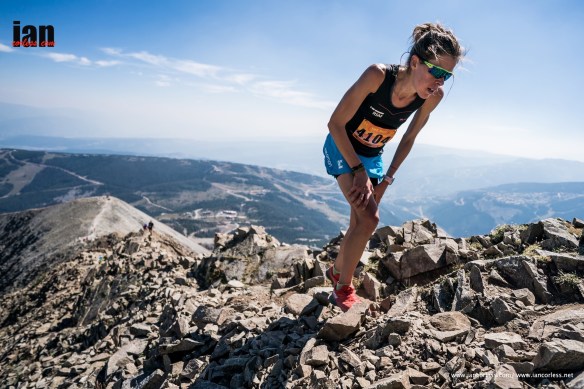



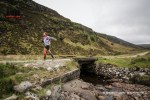
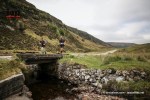
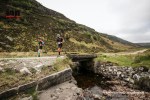
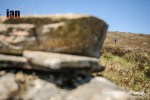
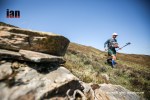

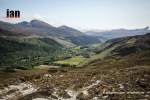

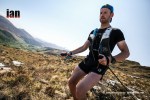
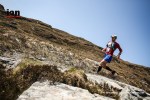
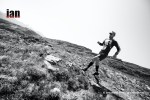
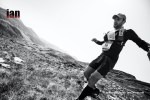
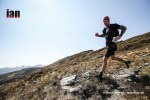
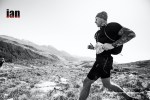

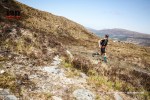
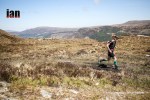
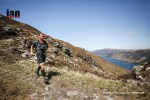

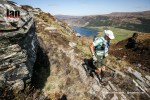
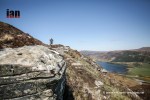
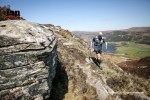



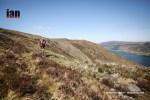


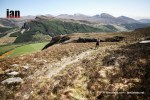

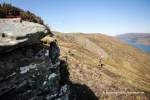

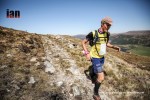
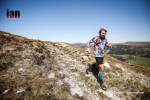


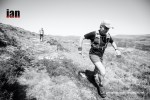
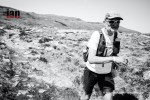



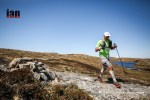
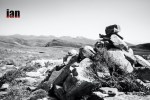
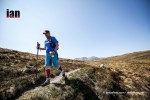
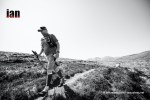
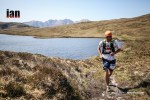
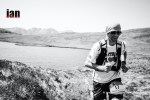


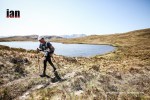



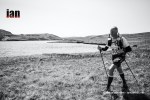
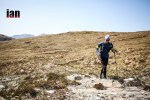
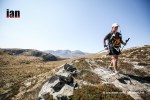

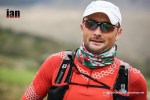
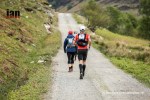

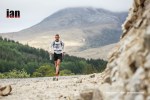
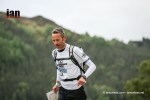

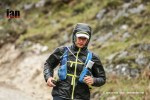



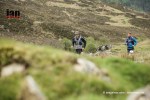

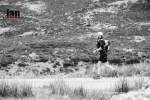

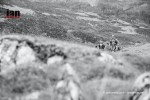


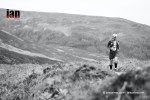



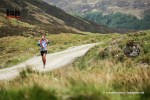
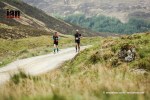

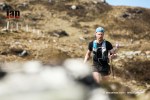
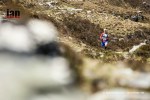



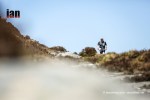

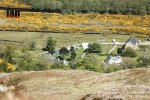
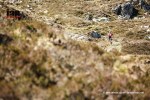
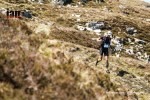
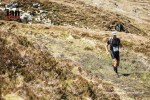
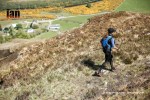
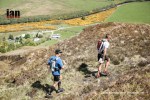
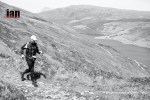
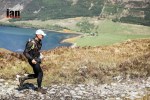
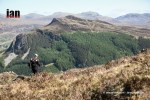


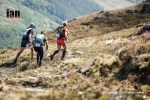
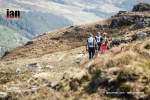
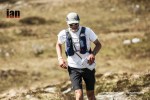
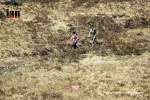
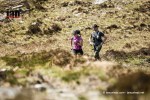


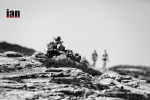



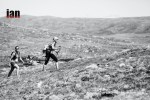

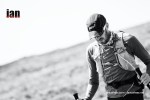


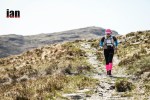
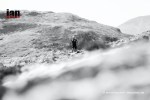
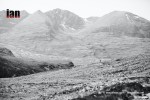
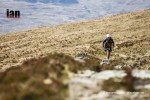

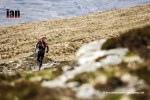
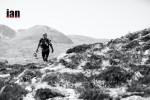


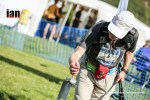

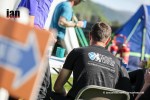



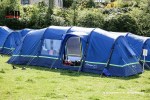
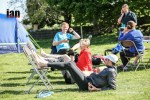

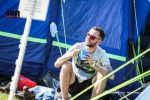
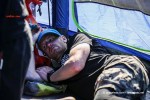


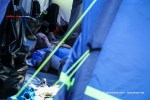


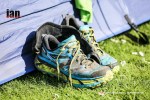
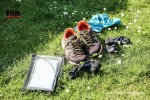
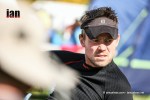
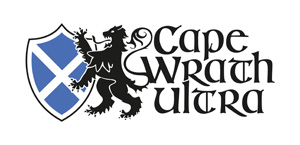


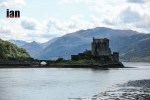





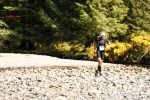
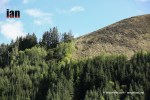


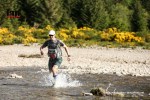
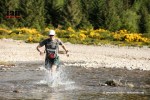





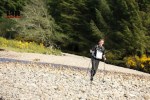

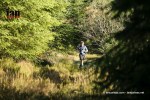


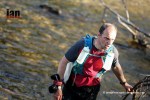

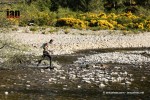
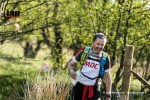



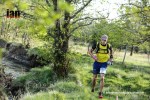


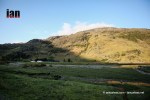


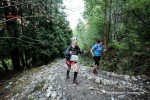

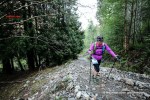


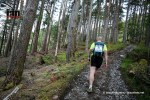
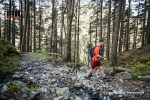

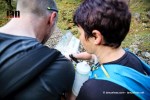

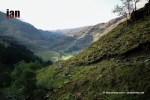
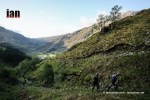
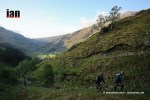



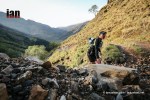
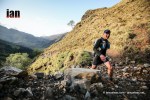

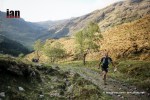
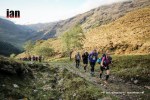
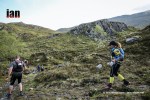

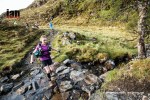

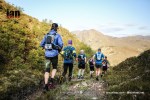
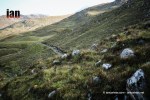



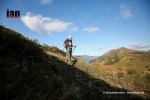
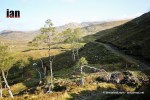
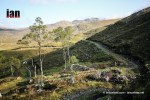
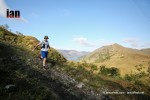
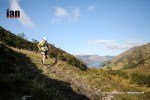



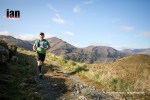


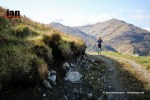

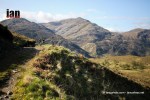


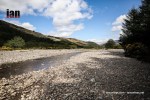

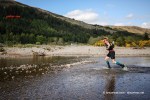


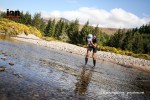

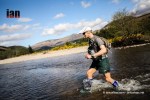
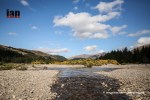


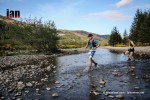


 The Cape Wrath Ultra™ brought to you by Ourea Events, the team who revived the Dragon’s Back Race are in the countdown days to a once in a lifetime multi-day journey that will test mind and body over 8-days weaving a 400km journey through the Highlands of Scotland.
The Cape Wrath Ultra™ brought to you by Ourea Events, the team who revived the Dragon’s Back Race are in the countdown days to a once in a lifetime multi-day journey that will test mind and body over 8-days weaving a 400km journey through the Highlands of Scotland.






